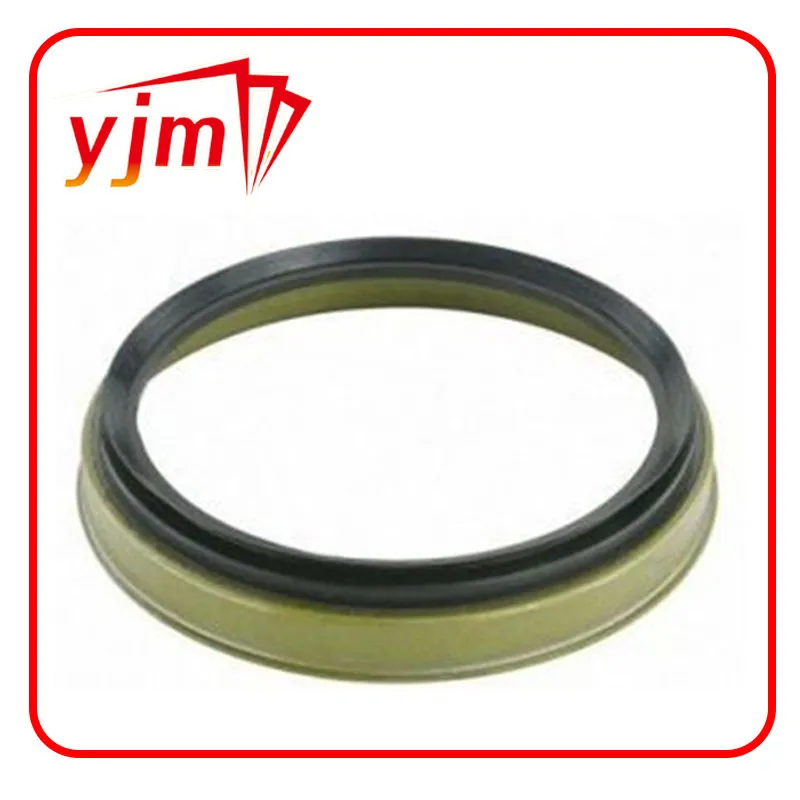Front Engine Gasket Overview and Maintenance Guide for Optimal Performance
Understanding the Front Main Seal Importance, Function, and Maintenance
The front main seal is a crucial component of an internal combustion engine. It acts as a barrier, preventing engine oil from leaking out of the crankcase while simultaneously keeping contaminants from entering the engine. Although it might seem like a small part, the role it plays in maintaining engine integrity and performance cannot be overstated. This article will delve into the importance, function, and maintenance of the front main seal.
What is the Front Main Seal?
The front main seal, also known as the crankshaft front seal, is located at the front end of the engine’s crankshaft, where it connects to the timing cover or the engine block. Typically made of rubber or a synthetic compound, the seal has a robust lip that grips the crankshaft, forming a tight seal. This design is essential for preventing leaks, which can lead to a range of problems.
Importance of the Front Main Seal
1. Leak Prevention The primary function of the front main seal is to keep engine oil from leaking out. A failure of this seal can result in significant oil loss, leading to inadequate lubrication of engine parts, which can cause overheating and severe engine damage.
2. Contaminant Protection The front main seal protects the internal workings of the engine from dust, dirt, and debris that could enter through the crankshaft area. This safeguard is vital for ensuring that the oil remains clean and effective in lubricating engine components.
3. Performance and Efficiency A properly functioning front main seal helps maintain optimal oil pressure within the engine. If the seal fails, it can lead to fluctuations in oil pressure, which not only affects engine performance but can also cause the oil pump to work harder, leading to premature wear.
Signs of a Failing Front Main Seal
front main seal

Detecting the early signs of a failing front main seal is essential for maintaining engine health. Common indicators include
- Oil Leaks Noticeable oil spots under the vehicle can be a sign of a failing seal. If these spots appear to be concentrated at the front of the engine, the front main seal may be the culprit.
- Engine Noise If you hear unusual noises from the front of your engine, it may indicate that the seal is worn and allowing movement or vibration of the crankshaft.
- Oil Pressure Fluctuations An indication of a failing front main seal is irregular oil pressure readings. This can signal that oil is escaping from the crankcase.
Maintenance and Replacement
Maintaining the front main seal involves regular inspection of the engine for signs of leaks or wear. While the front main seal is designed to last for many years, factors such as engine vibrations, heat, and contaminants can reduce its lifespan.
If a front main seal fails, it typically requires professional replacement. This process can be labor-intensive, as it often involves removing components such as the timing cover or the oil pan. Therefore, it is advisable to seek professional help to ensure the job is done correctly.
Conclusion
The front main seal may not be the most talked-about component of an engine, but it plays a vital role in its overall health and performance. Recognizing the importance of the front main seal, understanding its function, and being aware of the signs of failure can help vehicle owners maintain their engines in optimal condition. Regular maintenance and timely replacement of the front main seal can prevent significant engine damage, ensuring that your vehicle runs smoothly for years to come. In the realm of engine management and repair, paying attention to these smaller components, like the front main seal, can lead to a more efficient and reliable engine, ultimately enhancing the driving experience.
-
Understanding the Front Main Engine Seal: Purpose, Maintenance, and Installation
News Jul.29,2025
-
Understanding O-Rings and Seal Rings: Types, Applications, and Custom Solutions
News Jul.29,2025
-
Understanding Crankshaft Oil Seals: Rear Seals, Pulley Seals, and Their Role in Engine Integrity
News Jul.29,2025
-
The Importance of Front and Rear Crankshaft Seals in Engine Performance and Oil Management
News Jul.29,2025
-
Crank Oil Seals: Functions, Types, and Cost Considerations in Engine Maintenance
News Jul.29,2025
-
A Comprehensive Guide to O-Rings and Seals: Types, Materials, and Global Applications
News Jul.29,2025
-
Mastering Diesel and Performance Engine Maintenance: A Guide to Critical Oil Gaskets
News Jul.28,2025
Products categories















